DNA reveals the past and future of coral reefs
New DNA techniques are being used to understand how coral reacted to the end of the last ice age in order to better predict how they will cope with current changes to the climate. James Cook Univer

From 2005 to 2022, the main node of the ARC Centre of Excellence for Coral Reef Studies was headquartered at James Cook University in Townsville, Queensland (Australia)
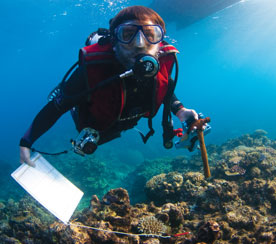
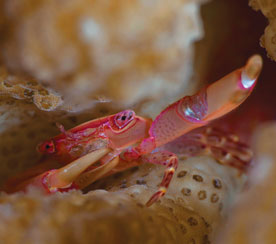
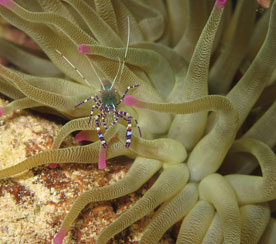
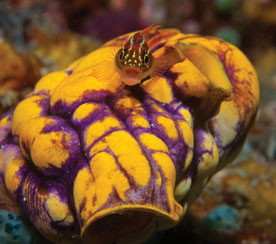

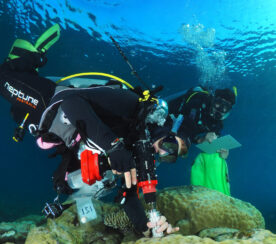
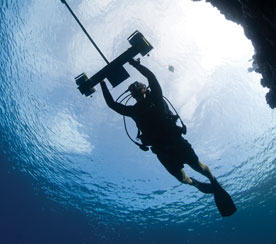

Abstract: The dynamics of metapopulations are governed by many factors, including the spatial structure of populations across the landscape, life-history characteristics, demographic processes, and the movement of individuals between populations. Although we have made significant advances in our understanding of these individual factors, developing an integrated approach to studying this complex process from reproduction to the successful recruitment and survival of individuals has been difficult, particularly in marine systems. In this presentation, I’ll describe how we explore these interactions and resultant geographic patterns, focussing largely on temperate and tropical reefs systems. Using a spatially-explicit biophysical model of larval dispersal and graph theory, I’ll quantify the influence of key biological and physical parameters on successful larval settlement. Through a series of case studies, I’ll illustrate how these approaches help us understand biodiversity patterns and assist us in making more ecologically and spatially meaningful management decisions.
Biography: Eric Treml is a Senior Lecturer in Marine Ecology at Deakin University, VIC. His academic background is in marine ecology, landscape ecology, coastal management, and the geospatial sciences. Currently, Treml’s research interests are in understanding the causes and consequences of population connectivity and assisting in local-to-global conservation prioritisation, particularly considering the current climate trends. He uses a variety of tools, including numerical modelling, geographic information systems, spatially-explicit dynamic modelling, spatial statistics, and network analysis.
New DNA techniques are being used to understand how coral reacted to the end of the last ice age in order to better predict how they will cope with current changes to the climate. James Cook Univer
A new study on the effects of climate change in five tropical countries has found fisheries are in more trouble than agriculture, and poor people are in the most danger. Distinguished Profess
James Cook University researchers have found brightly coloured fish are becoming increasingly rare as coral declines, with the phenomenon likely to get worse in the future. Christopher Hemingson, a
Researchers working with stakeholders in the Great Barrier Reef region have come up with ideas on how groups responsible for looking after the reef can operate more effectively when the next bleaching
Abstract: As marine species adapt to climate change, their heat tolerance will likely be under strong selection. Individual variation in heat tolerance and its heritability underpin the potential fo
Abstract: The Reef Ecology Lab in KAUST’s Red Sea Research Center explores many aspects of movement ecology of marine organisms, ranging from adult migrations to intergenerational larval dispersal
Abstract: Macroalgal meadows are a prominent, yet often maligned component of the tropical seascape. Our work at Ningaloo reef in WA demonstrate that canopy forming macroalgae provide habitat for ad
Abstract: Sharks are generally perceived as strong and fearsome animals. With fossils dating back at least 420 million years, sharks are not only majestic top predators but they also outlived dinosa
Abstract: Connectivity plays a vital role in many ecosystems through its effects on fundamental ecological and evolutionary processes. Its consequences for populations and metapopulations have been
Abstract: Evolution of many eukaryotic organisms is affected by interactions with microbes. Microbial symbioses can ultimately reflect host’s diet, habitat range, and even body shape. However, how
Abstract: The past few years have seen unprecedented coral bleaching and mortality on the Great Barrier Reef (GBR) but the consequences of this on biodiversity are not yet known. This talk will expl